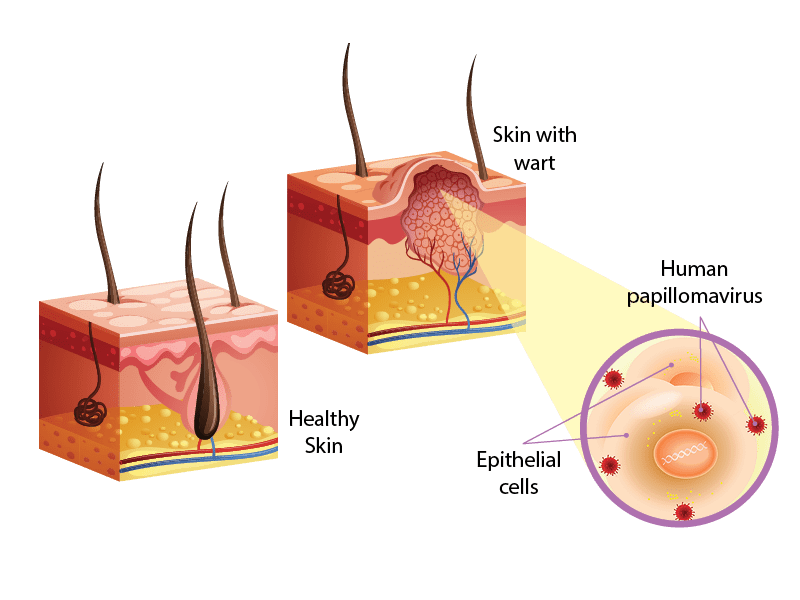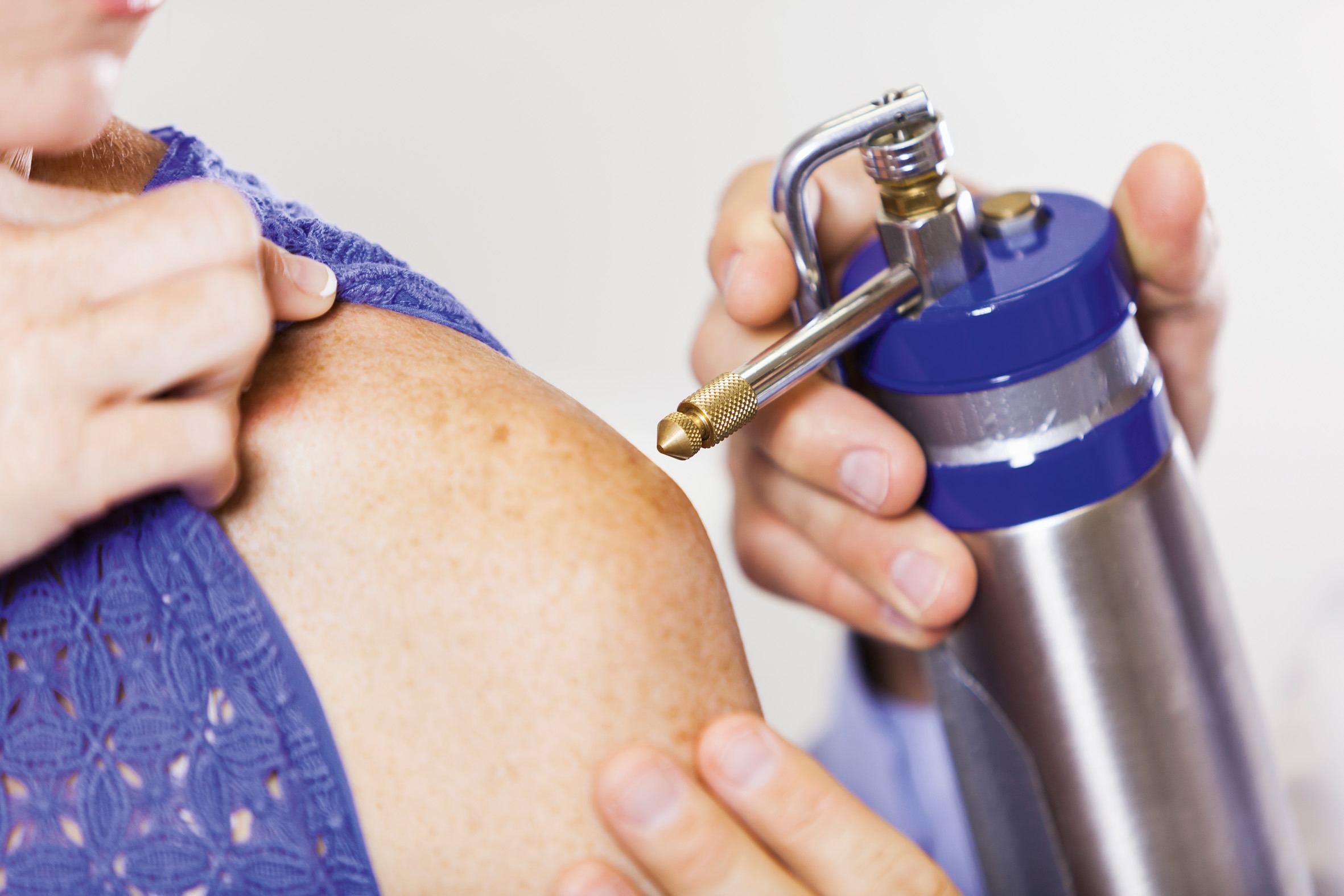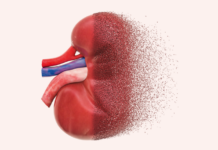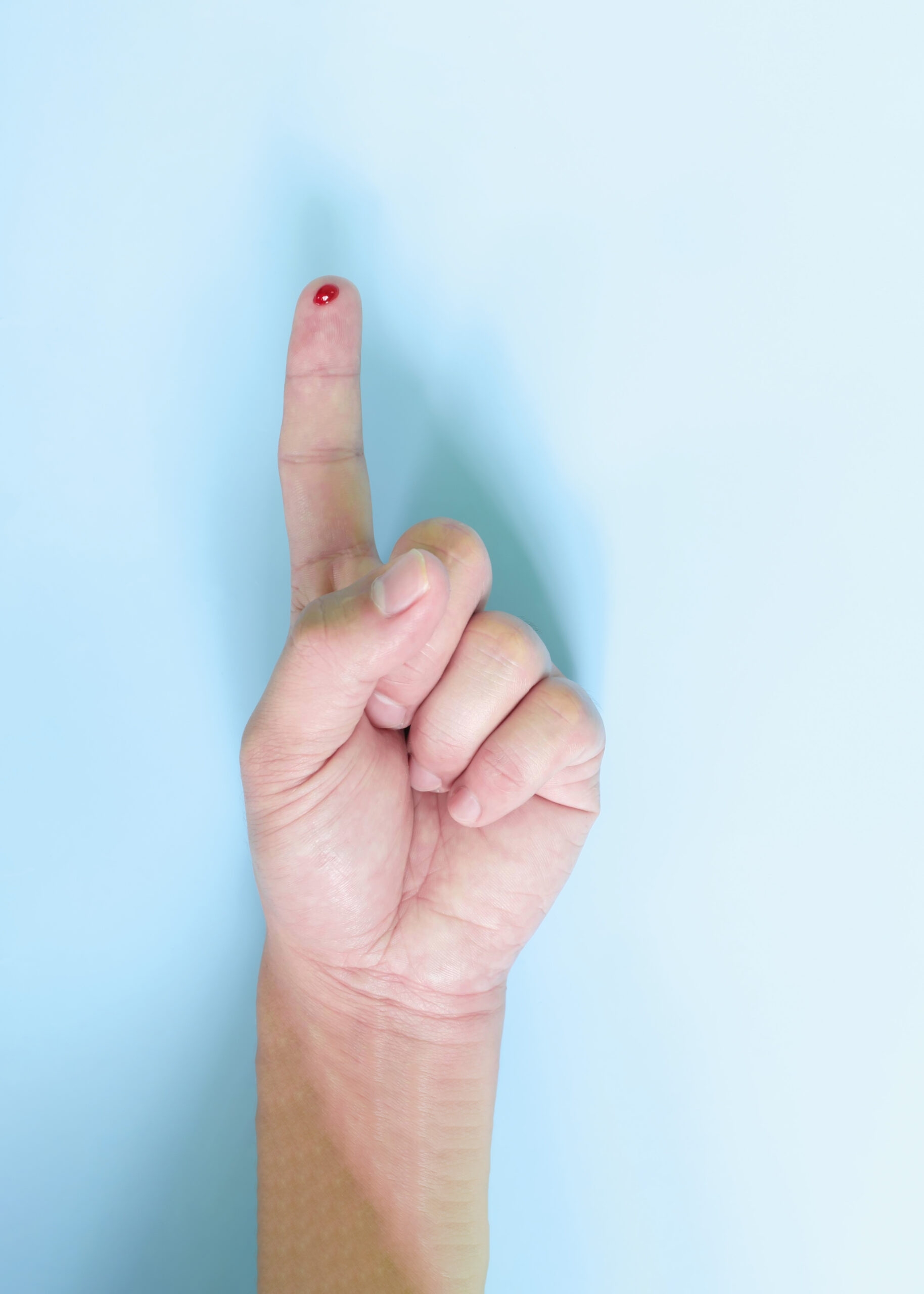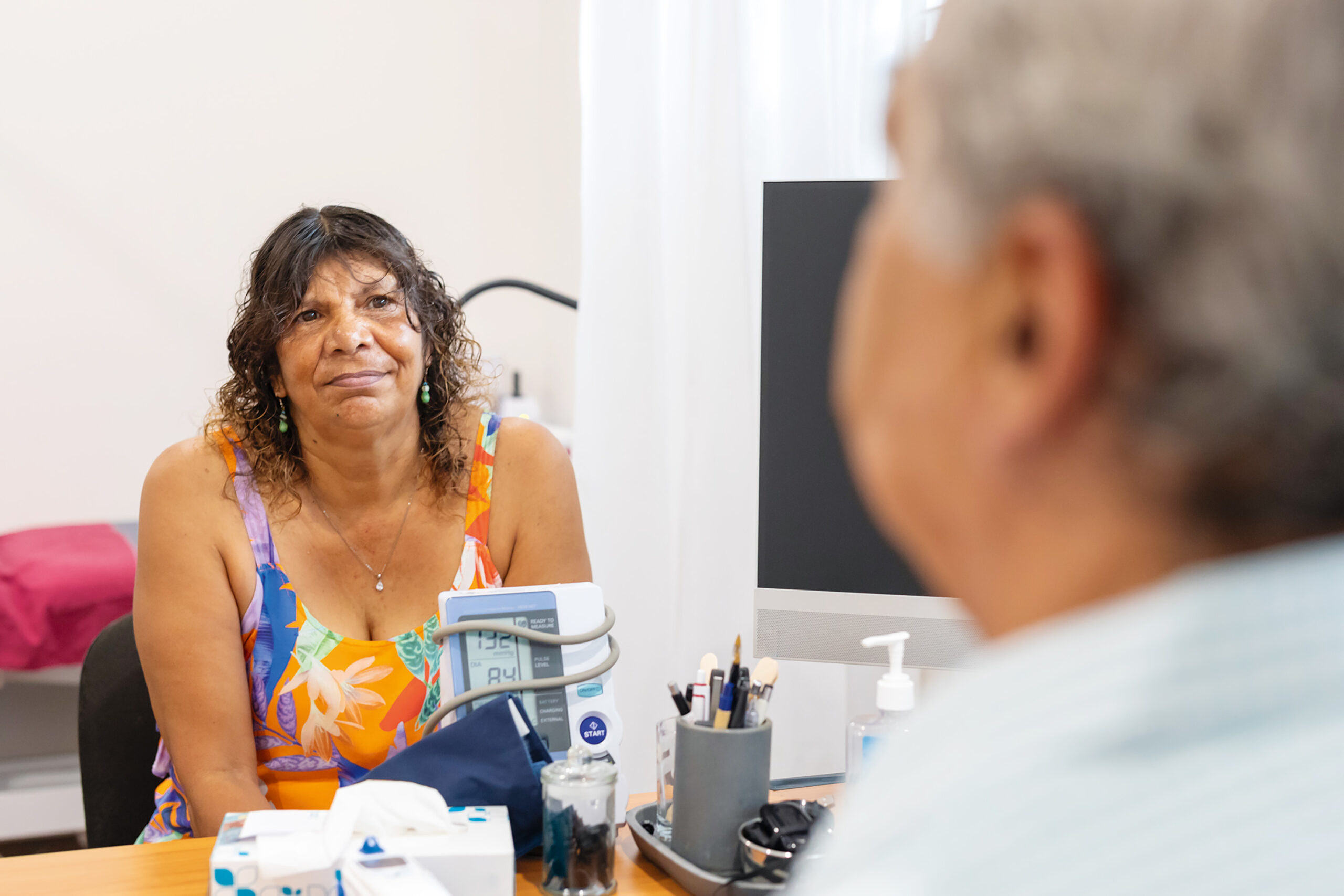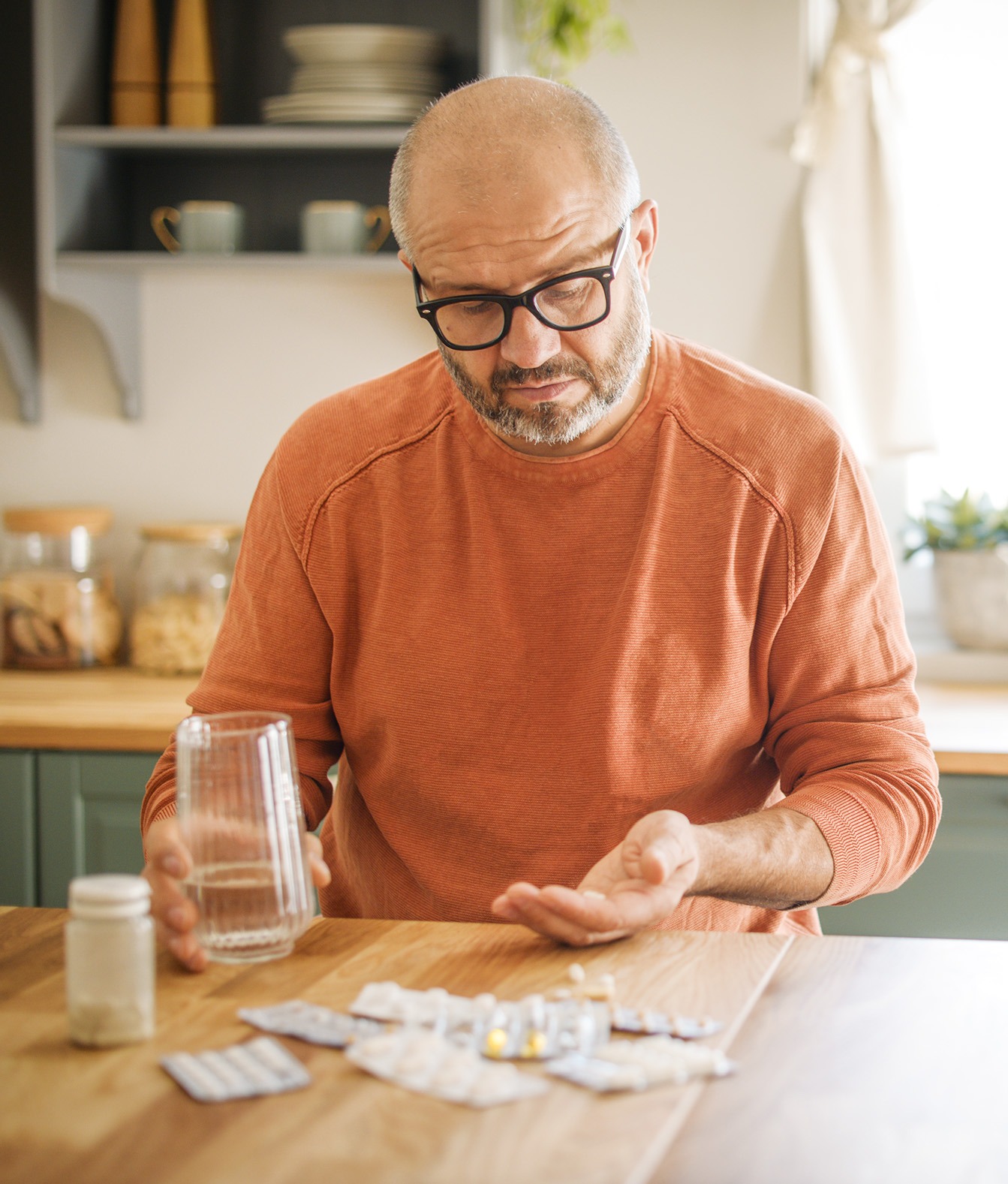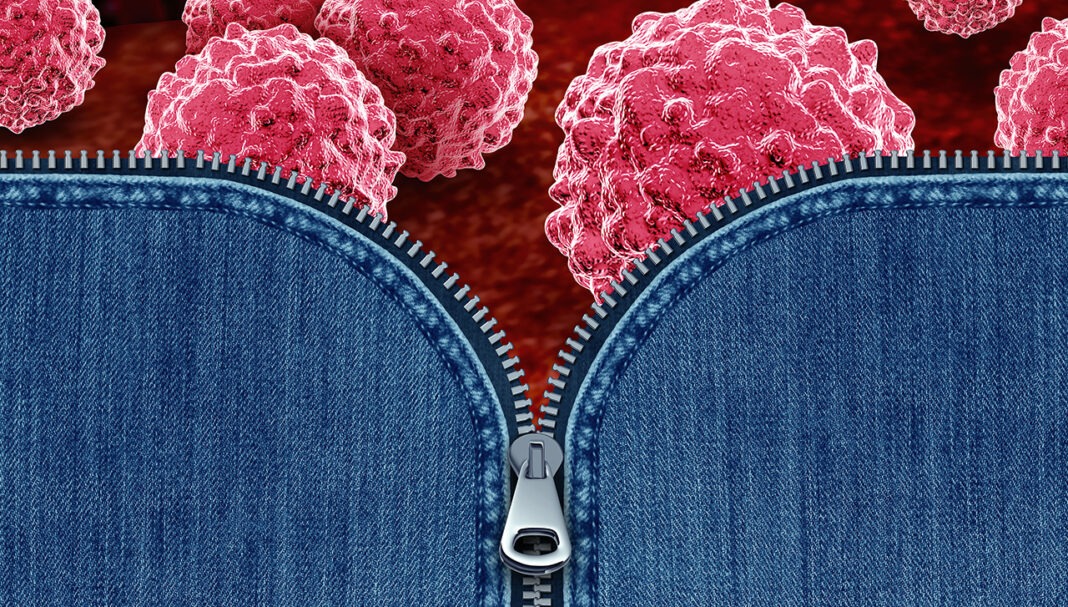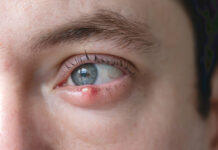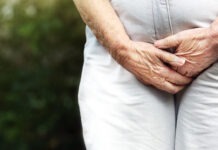Case scenario
Ashley, a 23-year-old female, presents to your pharmacy with a prescription for a 7-day course of doxycycline 100 mg twice daily. She tells you she has had some mild vaginal discharge and that her STI screen has come back positive for vaginal chlamydia. You establish that she is currently taking ferrous sulfate 325 mg once daily as she is vegan, isotretinoin 30 mg once daily for acne, and has an etonogestrel implant in situ. She has no
known allergies.
Note: The authors recognise that gender identity is fluid. In this article, the words and language we use to describe genitals and gender are based on the sex assigned at birth.
Learning objectivesAfter reading this article, pharmacists should be able to:
Competency standards: 1.1, 1.4, 1.5, 2.2, 3.1, 3.5 Accreditation number: CAP2509DMIA Accreditation expiry: 31/08/2028 |
Already read the CPD in the journal? Scroll to the bottom to SUBMIT ANSWERS.
Introduction
Chlamydia and gonorrhoea are two of the most prevalent bacterial sexually transmitted infections (STIs) globally.1,2 They are preventable and curable infections that are usually transmitted through vaginal, oral or anal sex.1,2 Conjunctival infection can occur in neonates born to mothers carrying a chlamydia or gonorrhoea infection, or in adults via exposure to genital secretions.1–4 Both chlamydia and gonorrhoea can lead to seriou
THIS IS A CPD ARTICLE. YOU NEED TO BE A PSA MEMBER AND LOGGED IN TO READ MORE.



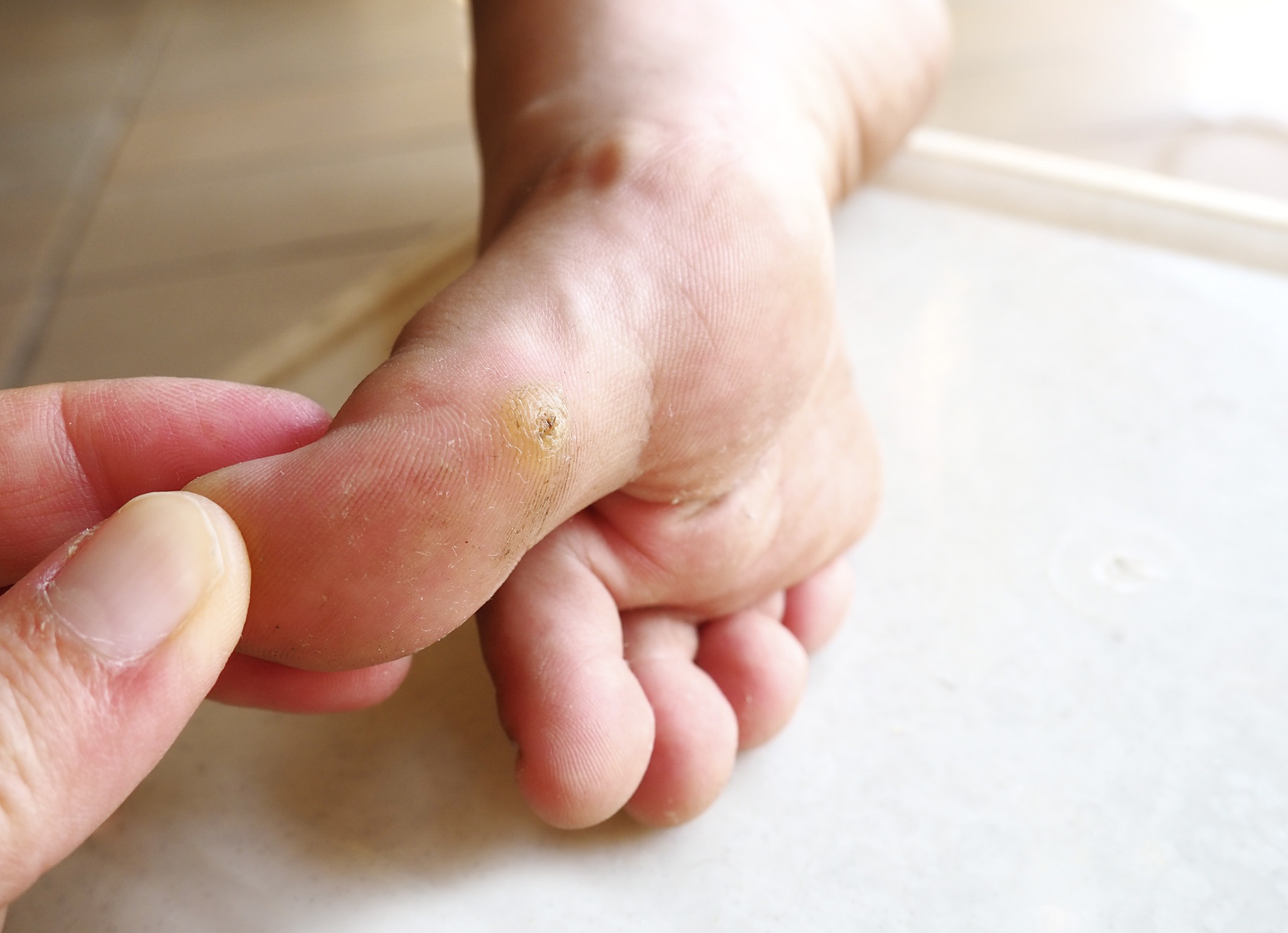
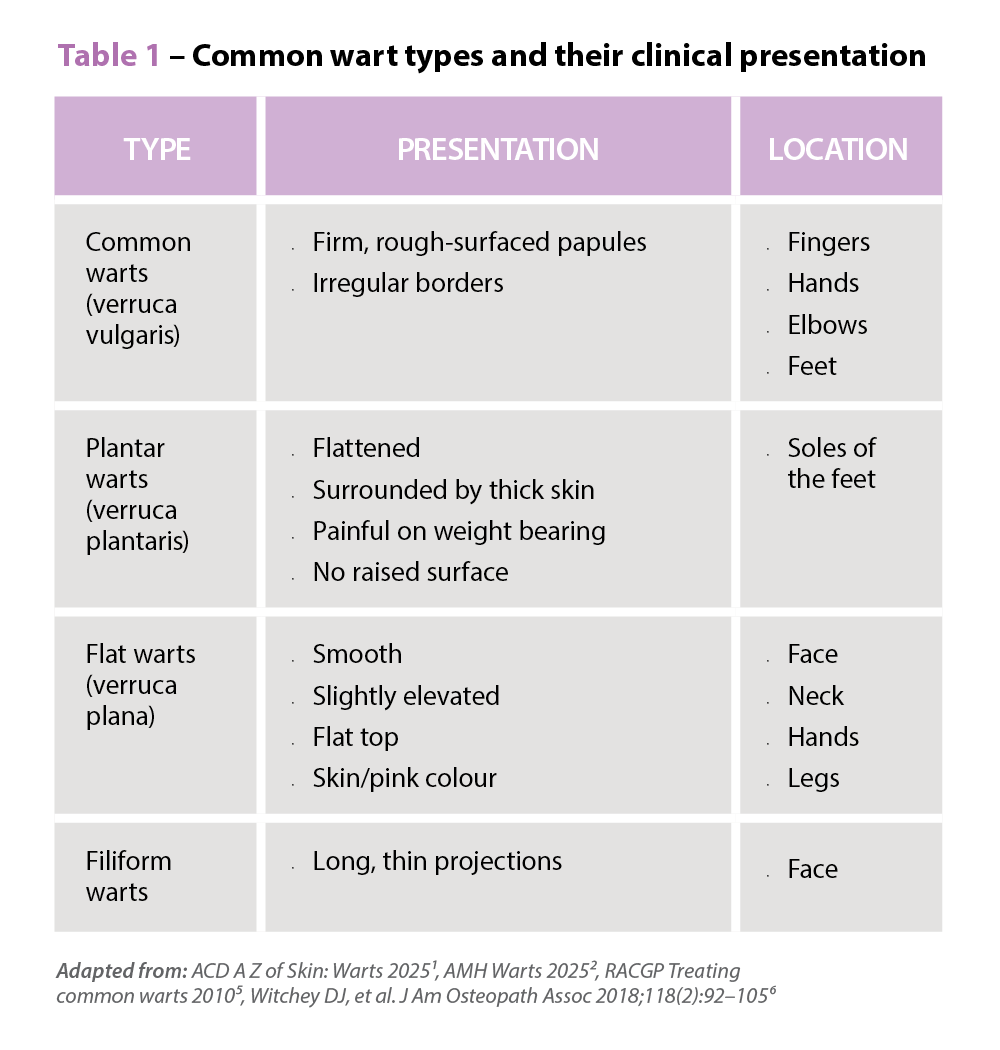 Symptoms
Symptoms